Before getting on the Google Pixel 7 vs 7a comparison, one thing is clear and should be stated so, Google’s latest budget phone, the Pixel 7a, is a significant improvement over its predecessor, the Pixel 6a. Unlike the Pixel 6a, which differed considerably from the Pixel 6 and 6 Pro models, the Pixel 7a is now on par with the higher-end Pixel 7.
Equipped with the same Tensor G2 processor and an improved camera system, the Pixel 7a features a larger battery and the much-awaited addition of wireless charging. If you’re considering buying the Pixel 7, it’s worth reading on to see whether the Pixel 7a might be a better option and help you save some money.
Both of these models have a lot of similarities, and this is why a Google Pixel 7 vs 7a comparison might not seem like an easy one at first. But once you go through the details we unfolded below for you, getting a decision won’t be that hard.
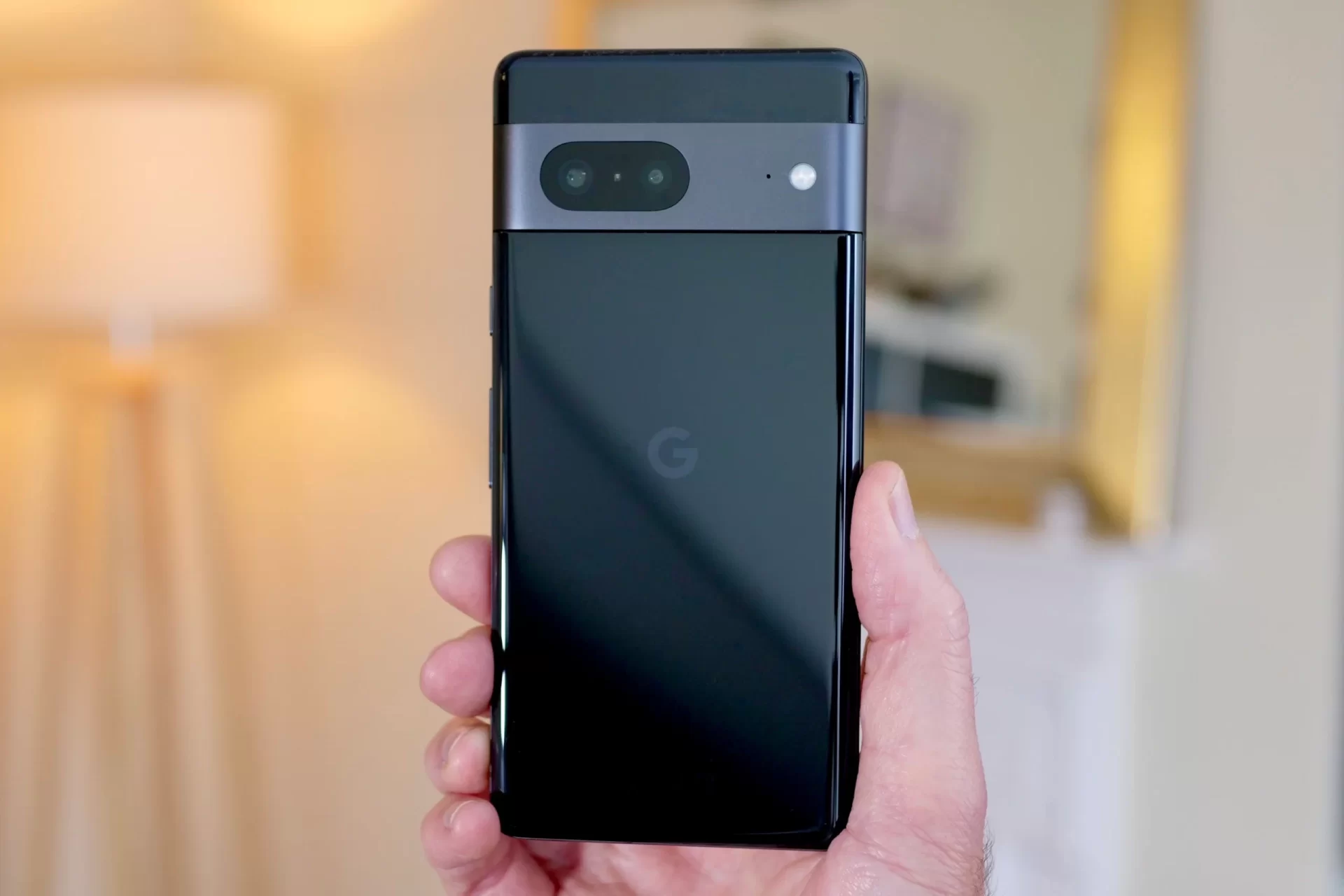
Google Pixel 7 vs 7a: How do they really differ?
There are several topics that a Google Pixel 7 vs 7a comparison can be realized and here they are at first glance:
- Price, availability, and specs
- Design
- Display
- Software
- Performance
- Battery life
- Cameras
Now, let’s go through each of these topics one by one.
Price, availability, and specs
The Google Pixel 7a has just been released on May 11 with a price tag of $500 and is available in four colors – Charcoal, Sea, Snow, and Coral, which is exclusive to the Google Store. Comparing it to its higher-end counterpart, the Pixel 7, which launched in October 2022, the latter initially retailed for $600 in its 128GB storage variant.
However, the Pixel 7 has seen a significant price drop and has been available for as low as $450 in recent months, which places it in the same price bracket as the Pixel 7a. This is an unusual situation for two devices from the same manufacturer, especially for Google with its limited product lineup.
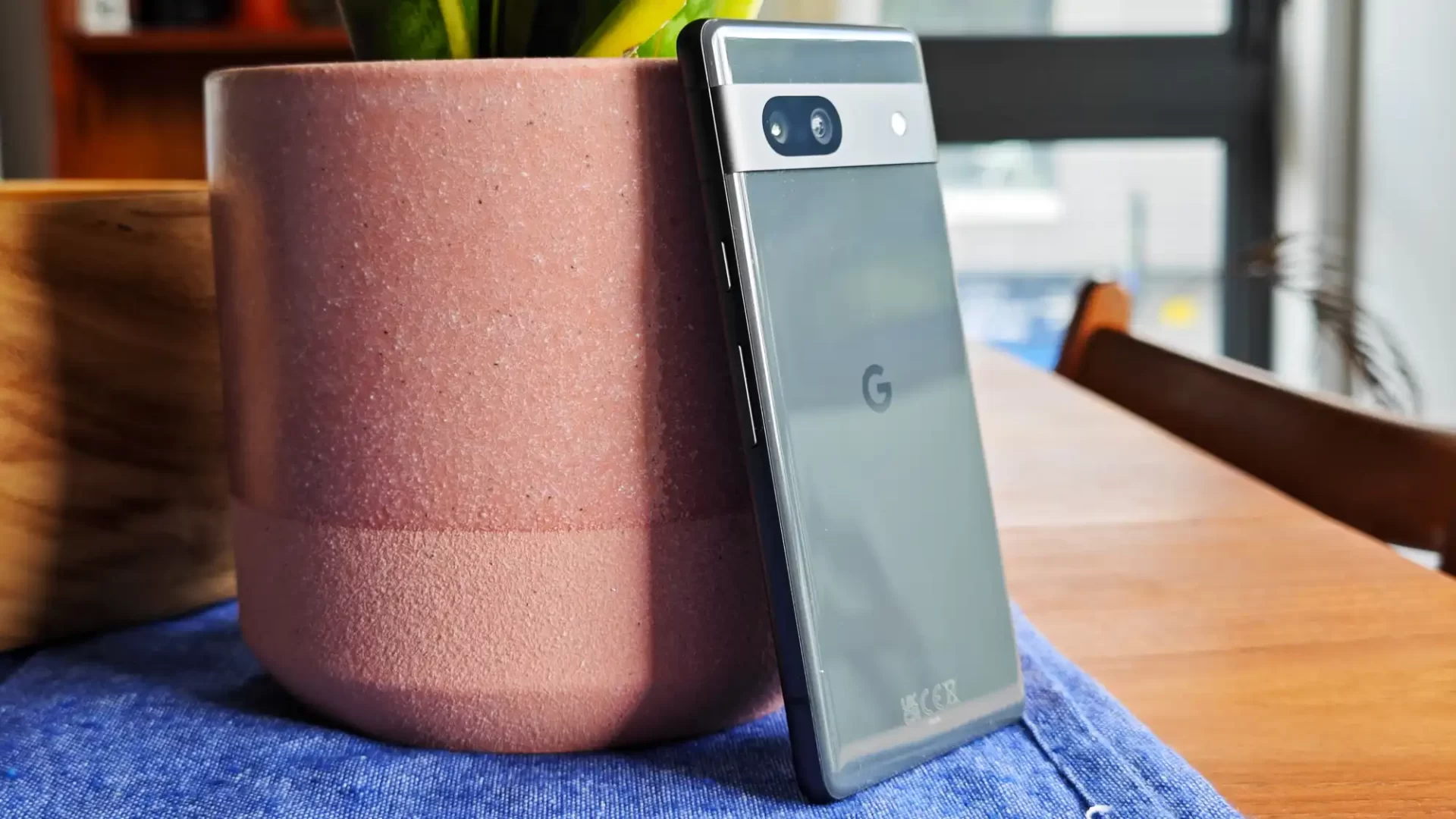
Design
Google’s Pixel 7a and Pixel 7 share a similar design, and it is easy to confuse the two at a glance. The phones have the same size and shape, with only the front camera interrupting their screens’ top in the middle of the status bar. On the back, both devices have Google’s iconic camera bar, consisting of two lenses and a flash, with the bar flowing seamlessly into the aluminium frame that keeps the phones together.
However, upon closer inspection, there are slight differences between the two. The Pixel 7a is slightly smaller and thicker than the Pixel 7, with a smaller screen and larger bezels. The Pixel 7a also has a less protruding camera bar, thanks to its smaller sensors.
One of the advantages of the Pixel 7a’s design is that its camera bar doesn’t protrude as much as the Pixel 7’s, making it lay flatter on its back. Additionally, the Pixel 7a’s back plate is made of plastic, while the Pixel 7’s is made of glass. Although the Pixel 7’s glass back may feel more premium, the Pixel 7a’s plastic finish is of higher quality and hard to distinguish from the Pixel 7’s glass finish from a distance. The Pixel 7’s glass back may not be worth the higher price tag, especially when one considers that the difference is negligible, and a good case on either device would cover it up.
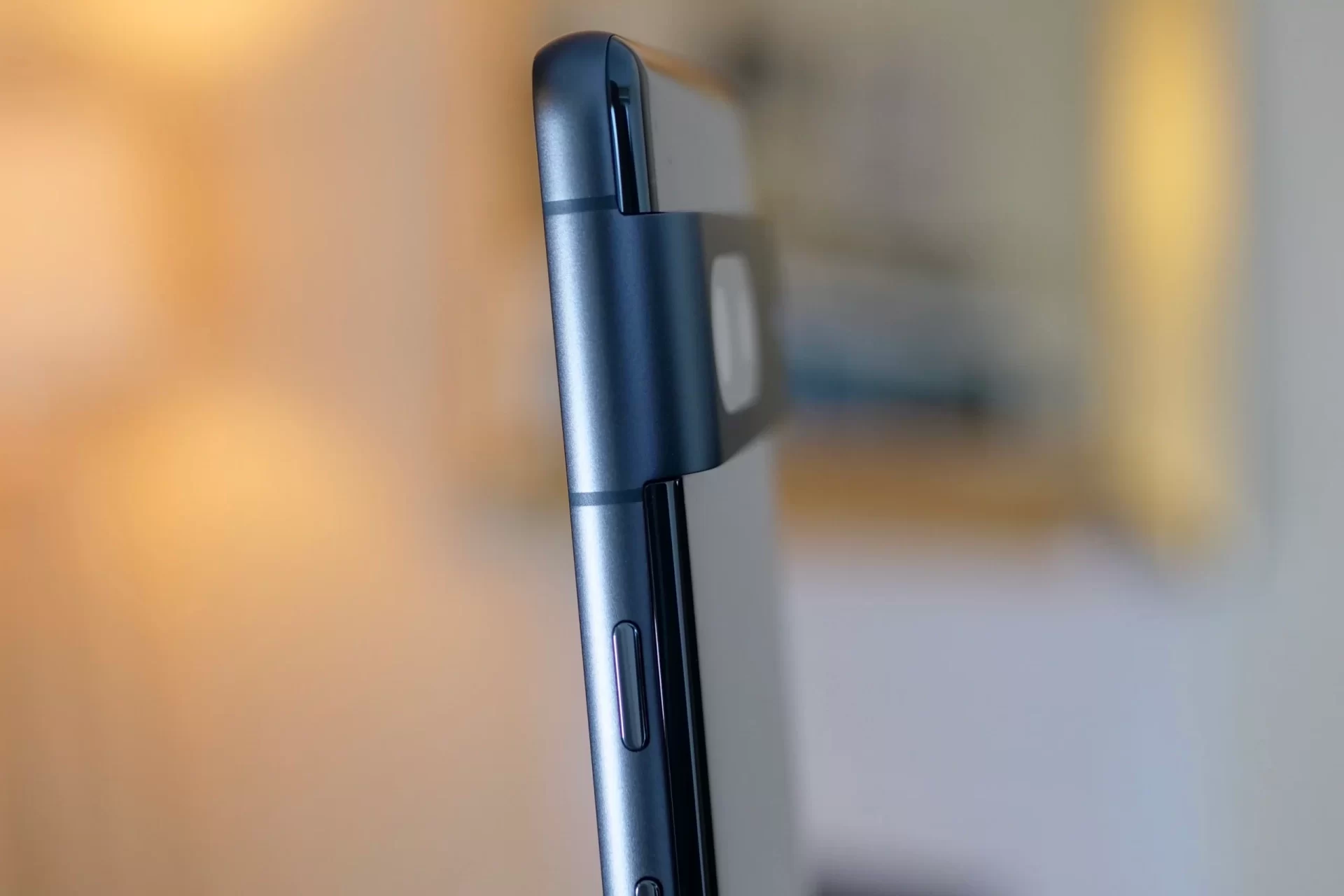
Display
In terms of display, the Google Pixel 7 vs 7a comparison reaches a difficult spot, because both of these devices are very similar in that sense. The Pixel 7a’s screen is only slightly smaller, measuring 6.1 inches compared to the Pixel 7’s 6.3 inches. Both screens have an OLED display with a resolution of 1080 x 2400 and a refresh rate of up to 90Hz. However, the Pixel 7a’s smaller size and more noticeable bezels may take some getting used to for users who are used to the Pixel 7’s larger screen.
The main difference between the two is a software-based feature – while the Pixel 7 comes with its 90Hz mode activated by default, the Pixel 7a only supports 60Hz out of the box. The Pixel 7a’s 90Hz mode can be easily turned on in the system settings. It’s possible that Google turned off the 90Hz mode by default to save battery life. Both phones have larger bottom bezels than the other sides, which may disappoint users who prefer even bezels around the screen.
Software
Google Pixel 7 vs 7a comparison is not very competitive on the software side. Because the Pixel 7a and Pixel 7 share the same software, which makes them feel familiar to those who have used a Google Pixel device before. Additionally, the Pixel 7a supports the features added to the Pixel 7 lineup, such as secure face unlock and Unblur option in Google Photos, which was previously only available on the Pixel 7 and Pixel 7 Pro.
Both the Pixel 7a and Pixel 7 come with several software features unique to Google’s Pixel lineup, so the Google Pixel 7 vs Pixel 7a struggle is not a real one under this topic too. Users can enjoy weather forecasts on their home and lock screens, automatic transcriptions for voice messages, speaker labels in the Recorder app, and Bedtime mode with cough and sore detection on both devices.
These features are in addition to other Pixel features like fast system updates, a consistent interface, always-on song recognition, and more. Moreover, the Direct My Call feature can guide users through call center menus at select toll-free numbers.
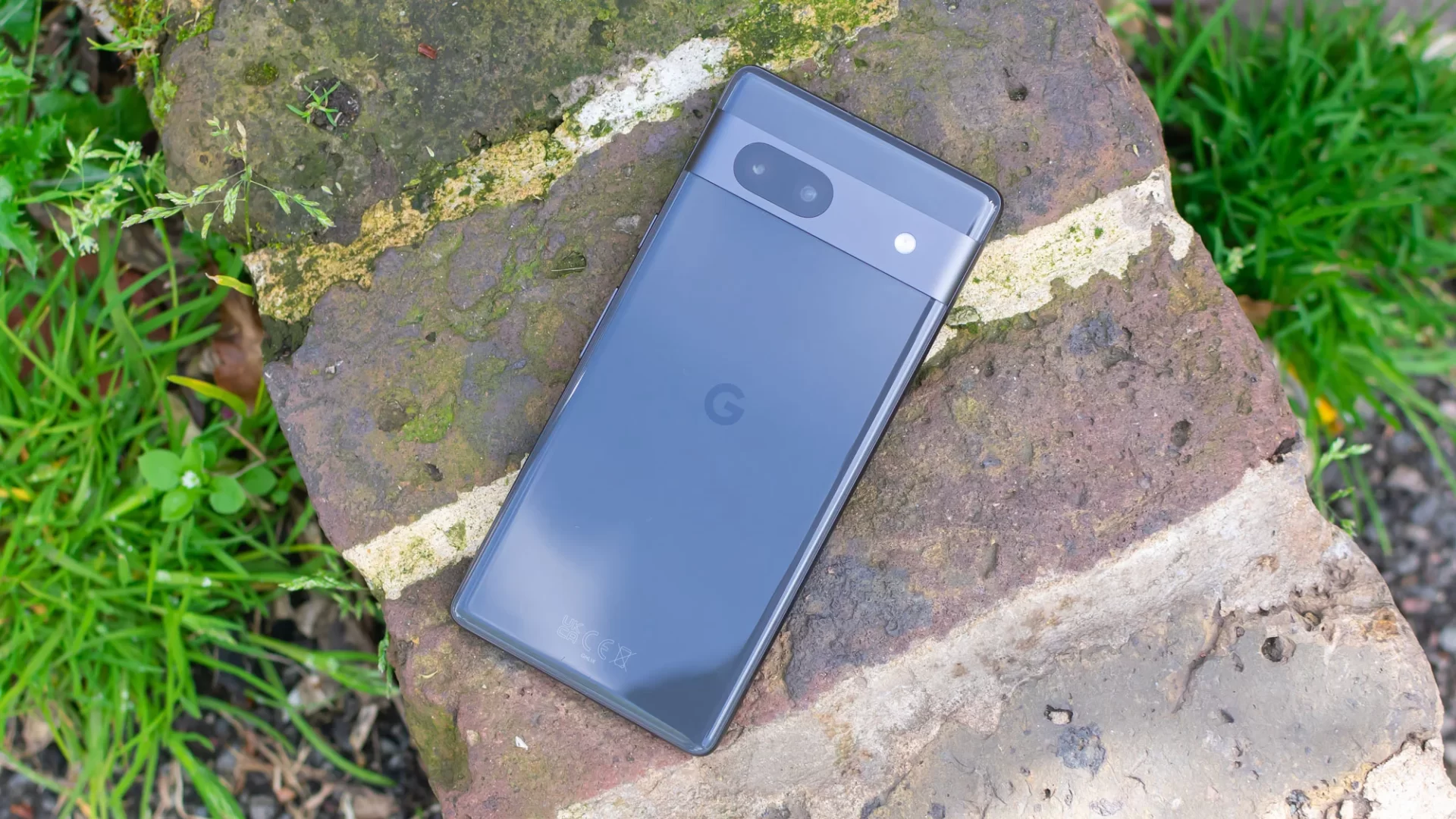
Performance
The Pixel 7a and Pixel 7 offer similar performance, thanks to their shared Tensor G2 processor. While compared to other flagship phones with Snapdragon processors, both Pixel phones have a tendency to get hot under load quickly, but that doesn’t necessarily amount to a poorer long-term performance than the other flagships with Snapdragon.
However, like other Tensor-powered Pixel phones, you might notice worse battery life in areas with poor connectivity, along with the phone being hotter than usual in your pocket. This issue is not specific to the Pixel 7a or Pixel 7, and choosing one over the other won’t solve the problem. In general, users may experience connectivity issues, although the severity may vary based on location. While the reviewer has had a good experience, it’s essential to note that other users have reported poor connectivity.
Battery life
The battery life on the Pixel 7a is not problematic, and is comparable to other Pixel phones including the Pixel 7. While battery life on Pixel devices is not exceptional, it is still sufficient to last throughout the day. This is due to the fact that both the Pixel 7 and Pixel 7a share the same Google Tensor G2 chipset.
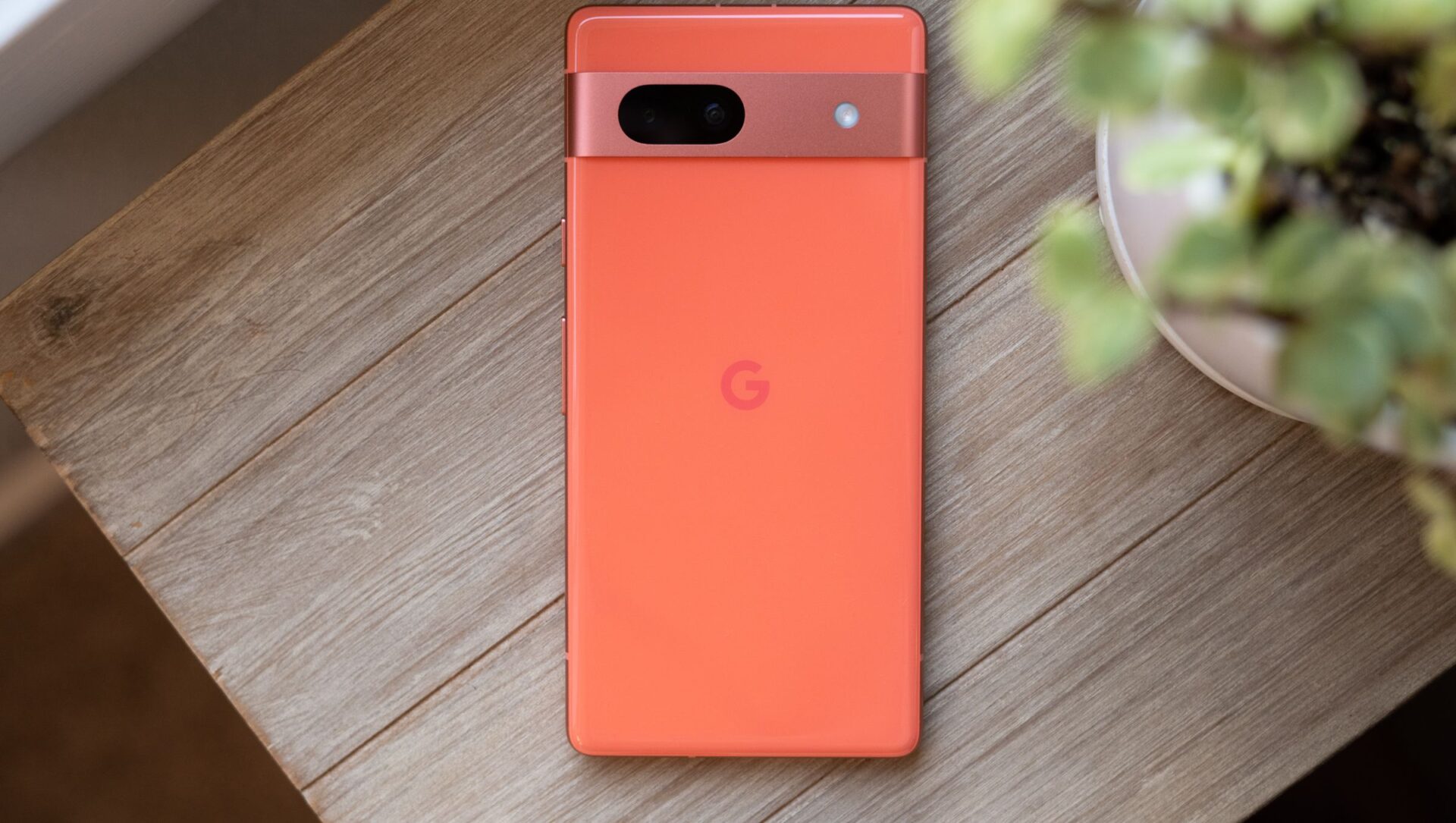
In testing the Pixel 7a, it was found that there was not a substantial difference in battery life between the phone’s 60Hz and 90Hz refresh rate modes. While using the phone heavily may provide a few extra minutes of battery life, the difference is not significant. Throughout a day of testing, the battery life of the Pixel 7a was not completely drained, even with extensive use. This experience is similar to that of the Pixel 7, which is also difficult to fully drain in a single day.
Overall, the Pixel 7 and Pixel 7a have similar battery performance, and the minor difference in battery size does not have a significant impact on the devices’ battery life. So, battery life is another topic where comparing Google Pixel 7 vs 7a does not really amount to a huge difference.
Cameras
Regarding the camera quality, the Pixel 7a has an advantage over the Pixel 7, at least in terms of megapixels. While the Pixel 7 has a 50MP wide and 12MP ultrawide camera setup, the Pixel 7a features a 64MP main camera and a 13MP ultrawide lens. However, the Pixel 7 has a larger sensor that can capture more light, which may give it an edge in some situations.
Despite the different setups, there are hardly any noticeable differences between the cameras of the Pixel 7 and Pixel 7a. Both phones have excellent HDR capabilities, fast reaction times, and produce natural-looking and evenly-lit photos, thanks to the Pixels’ superior color science.
The most significant difference between the two phones is in the ultrawide angle camera. The Pixel 7a offers a wider field of view at 120°, compared to the Pixel 7’s 114°.
In the camera software, the Pixel 7a can capture at “0.5x,” while the Pixel 7 is limited to “0.7x.” Although the difference is minimal on paper, the Pixel 7a camera can capture much more of the surrounding environment, as shown in comparison shots. At higher digital zoom levels, the difference between the two cameras also becomes apparent, with the 64MP Pixel 7a producing more usable images than the 50MP Pixel 7.
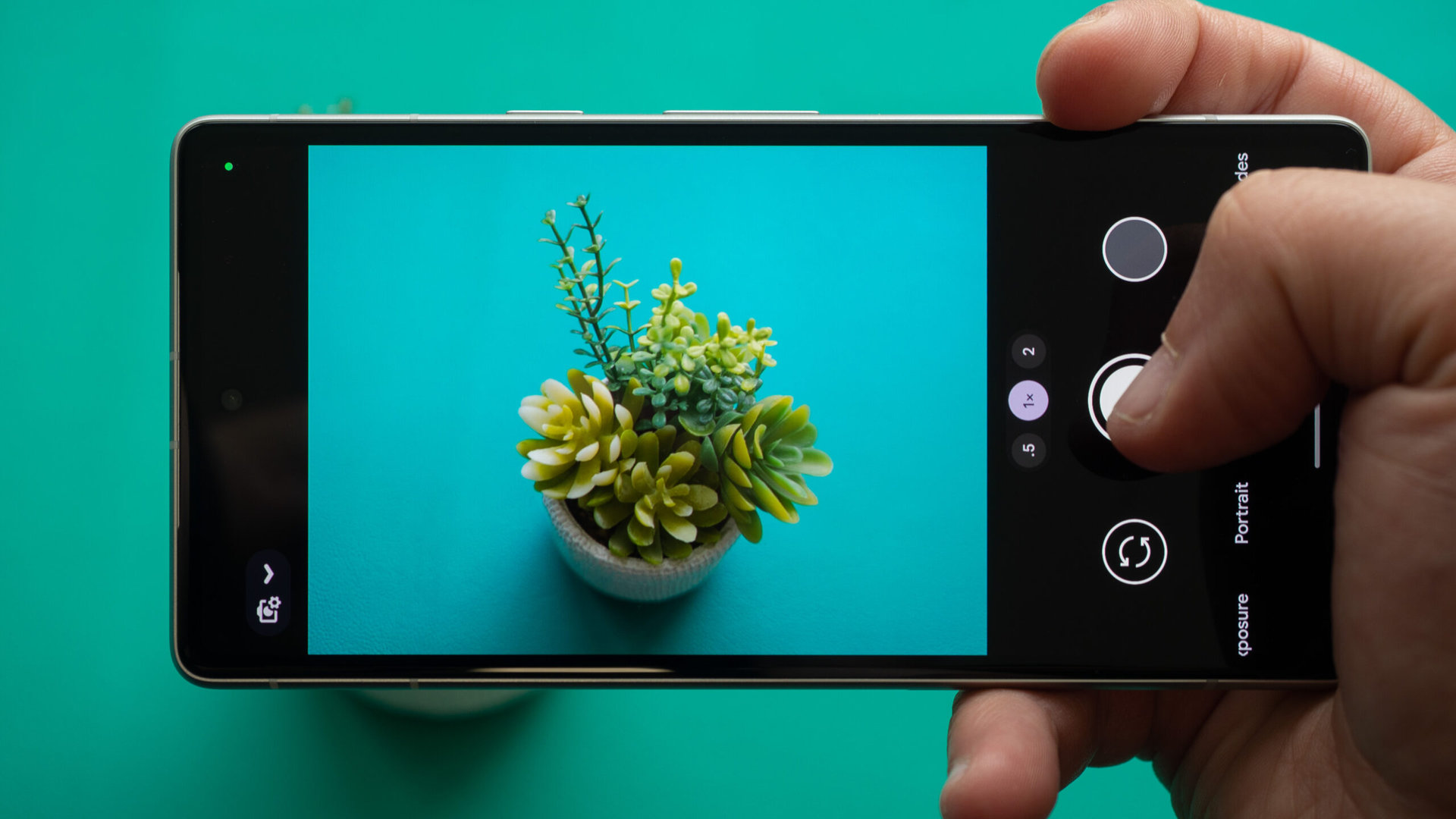
Google Pixel 7 vs 7a: A final remark
Google Pixel 7 vs 7a comparison eventually leads us to a state where we realize the differences between the two phones are subtle, and ultimately it depends on individual preferences. However, despite the Pixel 7 having a better build quality and slightly faster charging, it’s difficult to justify spending extra money on it when the Pixel 7a offers slightly better battery life, a more versatile camera, and a more durable plastic build.
However, if someone prefers premium materials and dislikes big bezels, then the Pixel 7 is still a better choice. As long as the Pixel 7 is available for a similar price to the Pixel 7a, as you can also confirm on the official Google Store page, there is no reason not to choose it over the Pixel 7a. However, those looking for a more premium Pixel experience may want to consider upgrading to the Google Pixel 7 Pro.
If you’re looking for more info and analysis where the focus solely is Google Pixel 7a, take a look at these:



